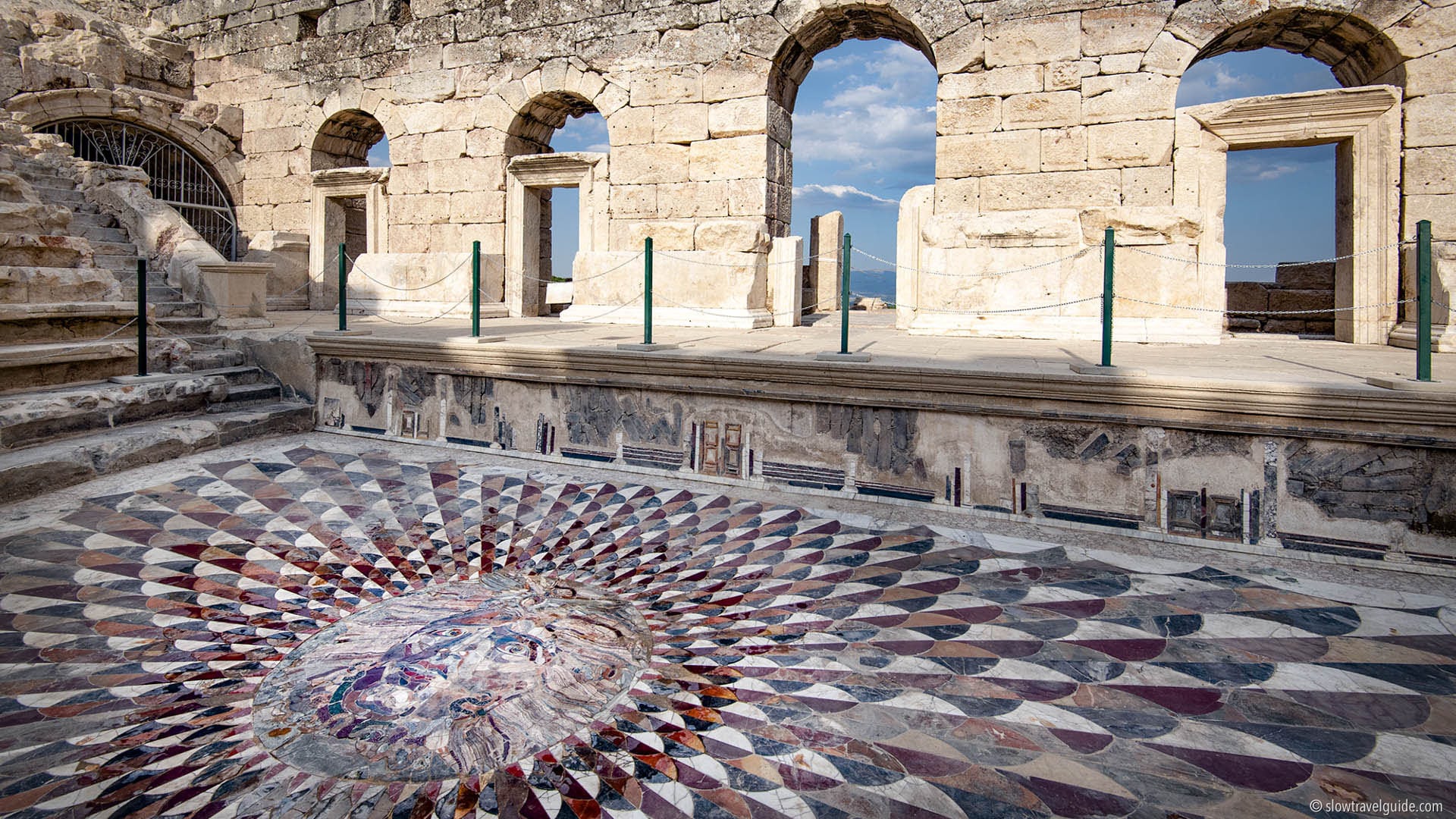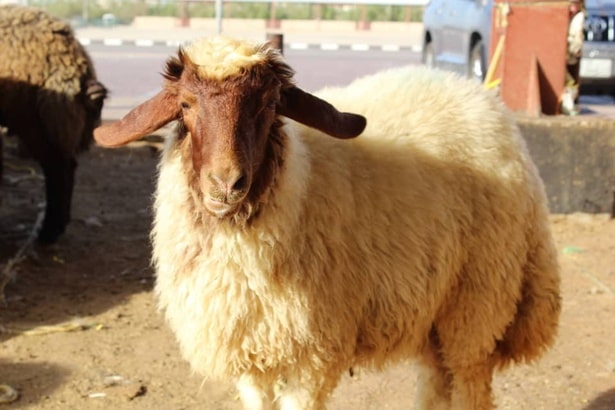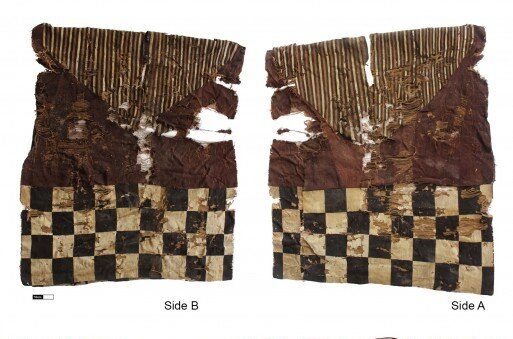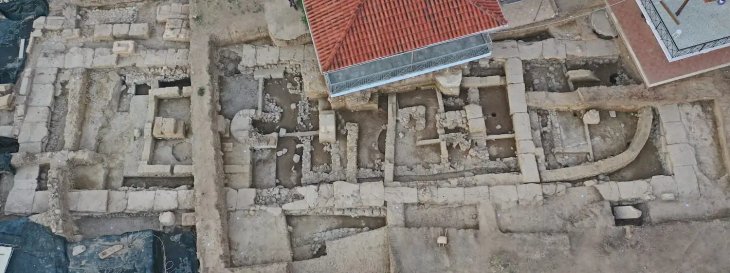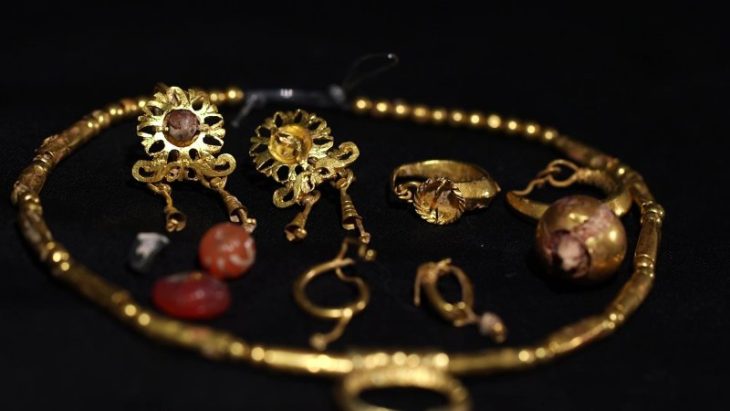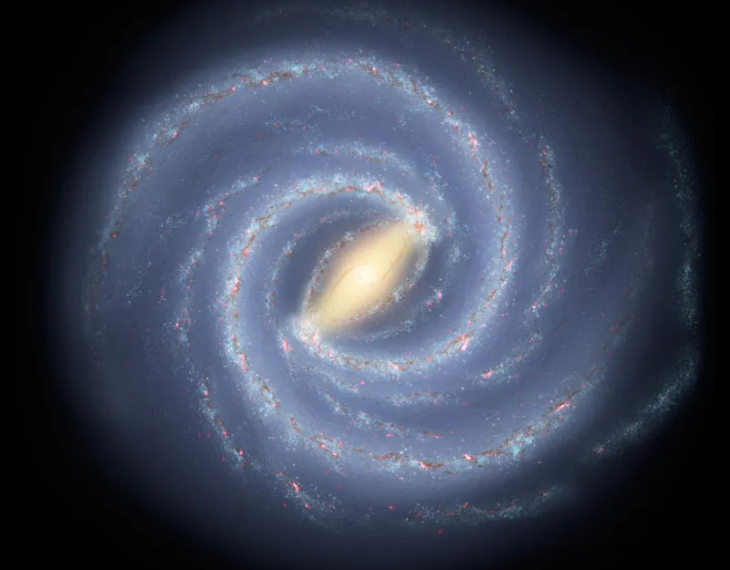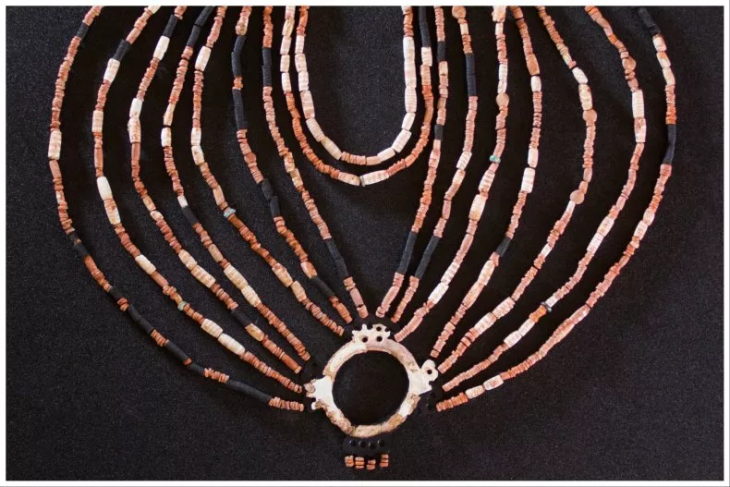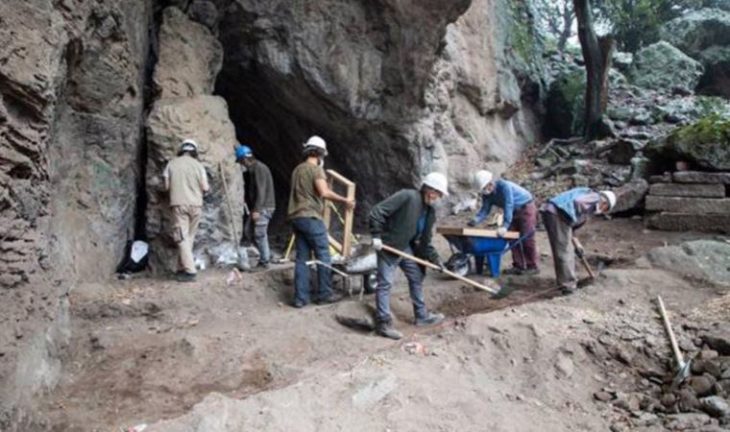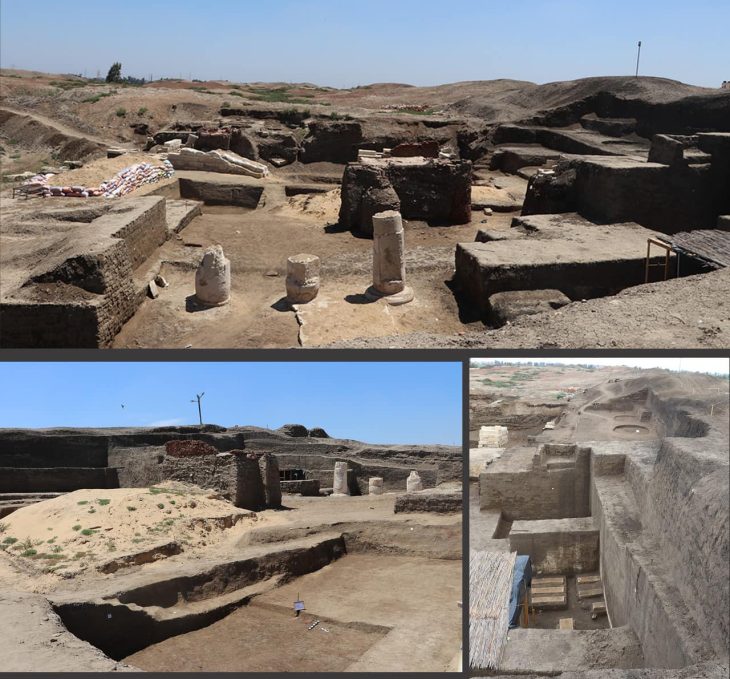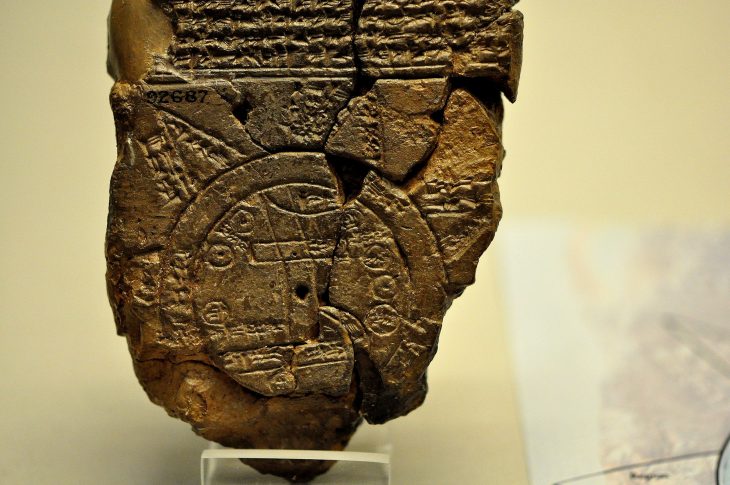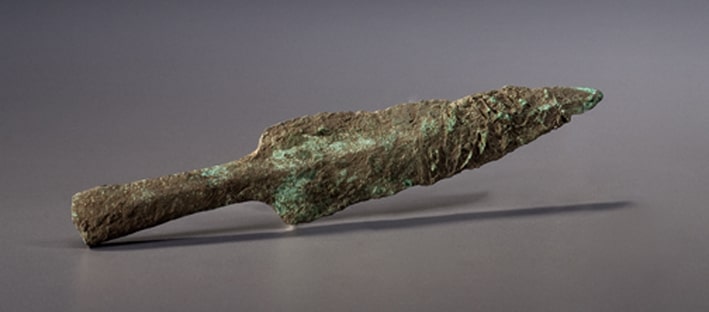Kibyra ancient city is situated south of Turkey, located in the town Gölhisar in the southwestern part of Burdur Province, about 20 kilometers apart. 110 kilometers away from the provincial center.
Kibyra is on the tentative list of UNESCO World Heritage Sites and is an important ancient city in Turkey today. Archaeological excavations began in 2019, in the church structure planned for the basilic in this ancient city. Approximately 30 tombs were unearthed in the church.
Thirty tombs were unearthed in basilica-planned church the and many of them are believed to belong to important clergy of the city at the time.
One of the excavation team members, Düzgün Tarkan stated that works continue to determine to whom the graves belonged. “Our goal is to excavate this building in the next two years, to start the restoration, and to bring this important building to tourism.”
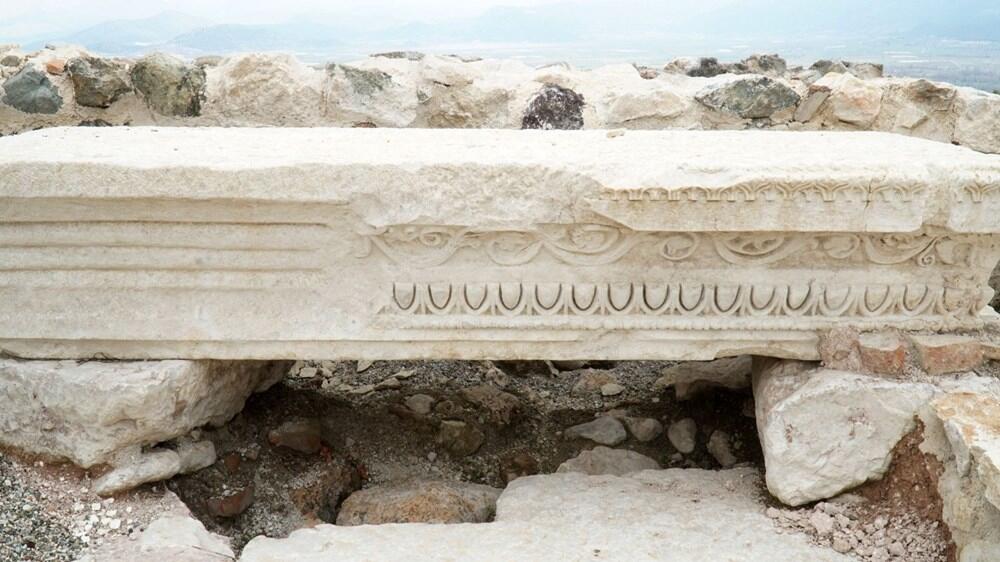
Stating that the city had many important public buildings, Tarkan said, “It is one of the important ancient cities of Turkey with many important buildings from the 4th century B.C. to the 7 and 8th century A.D. Excavations show that the church building was used for meetings. Most of these graves were used by the Christian community living in Kibyra after the church was destroyed by an earthquake or other natural disasters.”
📣 Our WhatsApp channel is now LIVE! Stay up-to-date with the latest news and updates, just click here to follow us on WhatsApp and never miss a thing!!
Emphasizing that the building is quite large and is a rectangular building divided into three halls with two rows of columns, Tarkan said, “The Kibyra basilica is a well-preserved building with very monumental dimensions. As of this year, we are planning to start excavations in the interior. We plan to complete the excavation work in the building in two excavation seasons. It is an important building in terms of documenting the religious transformation of the city.”
Kibyra, also known as Cibyra Magna, was the main city of the Cibyratis region. This confederation of towns and villages from the area of Pisidia was established in the 2nd century BC. Its core was made up of four cities – Kibyra, Bubon, Balubura, and Oenoanda, known collectively as Tetrapolis.
Moagetes, son of Pancrates, was the last tyrant of Kibyra. Roman general Lucius Licinius Murena put an end to the federation in 83 BCE during the Second Mithridatic War. The territory of the federation was then divided, and the city of Kibyra was attached to Phrygia.
After the Roman conquest, Kibyra was still the important city in the region. Its importance was strengthened by its location at the crossroads of important communication routes, on the border of Caria, Lydia, Phrygia, and Pisidia.

